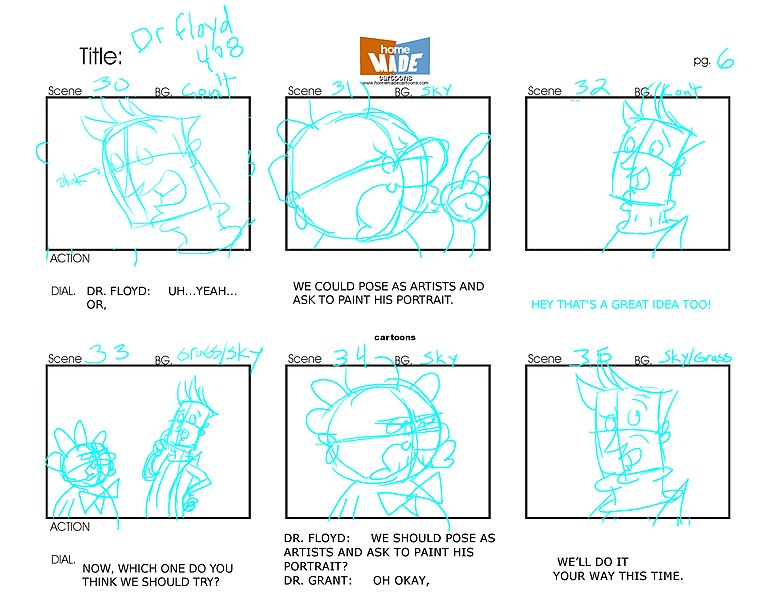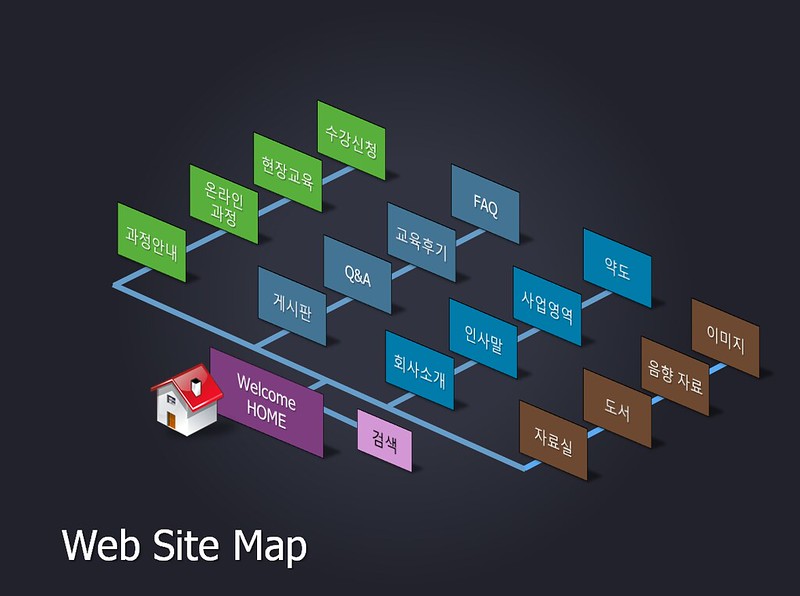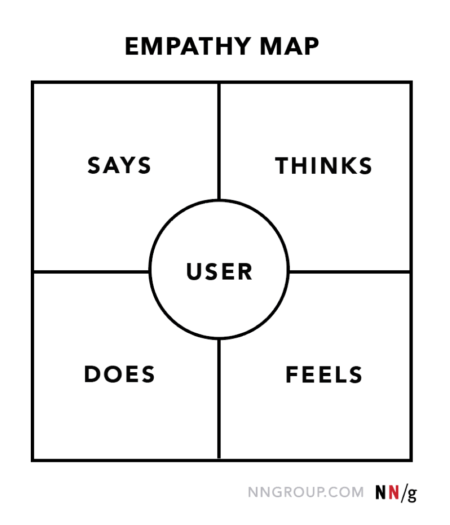Compared to nearly any other industry, the web design industry evolves very rapidly. Stand out by staying on top of trends and trying something new with the help of a professional custom website management company. Therefore, in this post, we are focusing on a specific sub-set of skills, the UX design skills you should be aware of.
1. User Flows
User flows are paths designed to guide your user through the actions that you would like him to take. It helps you to set user needs as well as to provide you with a good frame to build your content upon. You can find an in-depth article with good examples on the topic on the Optimizely website.
2. Storyboards
You are probably already familiar with the original way storyboards are used in the film industry, in order to work on a movie and visualize the scenes. In web design, you can also work with it to create a better UX by designing user stories to have a better understanding of the way you want your users to interact with the website. Nick Babich wrote an excellent article where he explains this thoroughly.

3. Worst possible idea
Using the “worst possible idea” ideation method to work on your UX is more about psychology than technicity. In short, it consists in a brainstorming session where you express all the worst UX ideas you could think of for your product. It helps to relax the developers and boost their confidence by gaining insights into new ideas. The Interaction Design Foundation has a good article and video about it.
4. Visual affordance test
Visual affordance is a key design concept that refers to the fact that an object’s appearance should give cues on its use. It is well explained in The Design of Everyday Things, a popular design book that every designer should read at least once in his life. In the context of UX design, you should read this article by Big Design to understand how to test the visual affordance of a digital product.

5. Moderated and unmoderated testing
If you work on the UX of digital products, you already know how important testing is to build successful user experience. However, there are multiple ways to test a product, the two major ones being “moderated” and “unmoderated” testing. This article compares both ways and explains which is best for which situation.
6. Site mapping
On websites, site maps are a very useful tool in many ways: for development, for users, and for SEO. However, site maps can be a bit confusing, as they refer to at least two concepts: the site map that gives an overview of the website and its organization on one hand, and the XML site map that we produce for search engines on the other hand. In this article, UX Matters discusses this topic with a panel of experts that provide very useful insights on the topic.

7. Empathy map
Before doing any visual work, starting to think about the design with your team can begin with an empathy map in order to build a good understanding of your future users. The Nielsen Norman Group explains what it is and how to get started with empathy maps in an article.

8. Customer journey map
The more complex your product, the more important it becomes to create a customer journey map for it. This map, as its name suggests, is a visual map of the customer journey with your product. It’s very useful for user onboarding and user retention, as it gives you a lot of insight on the issues a customer can experience when your user is interacting with your product or organization. UX Mastery takes you through the whole process in this article.
9. Cultural probes
A cultural probe is an idea generation technique for a design that works through collecting inspirational data about people’s lives. In the UX design context, it’s a way to build up a better understanding of the product users and their lifestyles. Cultural probes are particularly useful for novel non-work design situations where user behavior is relatively unknown or difficult to access. Get a better understanding of the topic in this article by UX Magazine.
10. Five seconds tests
As Will Rogers once said: “You never get a second chance to make a first impression”. It’s true for people and it’s true for products as well. However, if you work in UX design, you have good tools available to work on your first impression and improve it. One of these tools is Five Second Test, a website that allows you to test your product with users in five seconds only. This short time frame is there to force you to improve your first impression and get more visual clarity in your designs.

